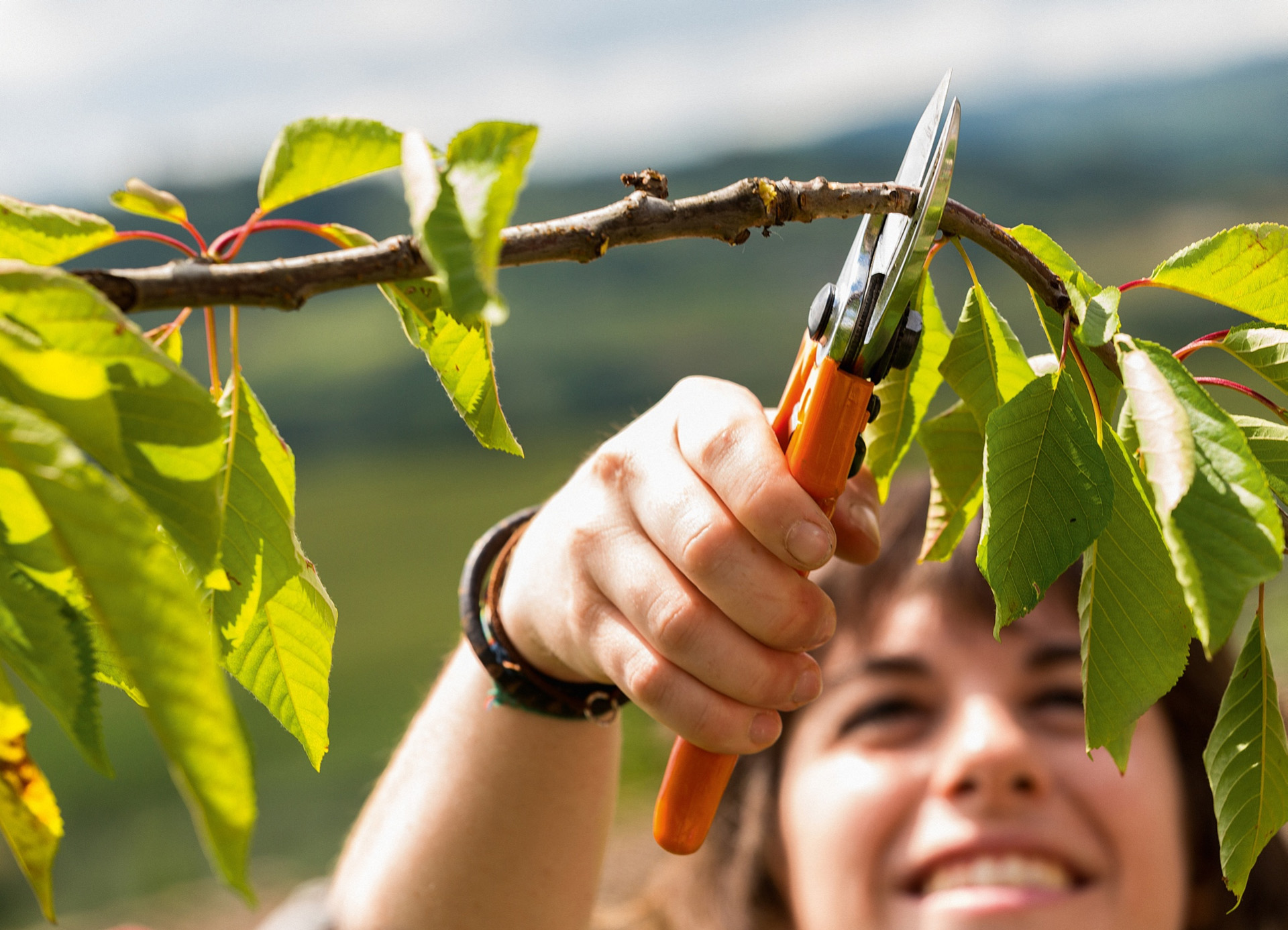Beware of poisonous hedges
Some shrubs and hedges are poisonous. You should always wear gloves when touching freshly cut stems of thuja, cherry laurel and cypress. Caution should also be exercised when handling privet and boxwood.
Always make sure you wear the right protective clothing when pruning and maintaining your hedge.






